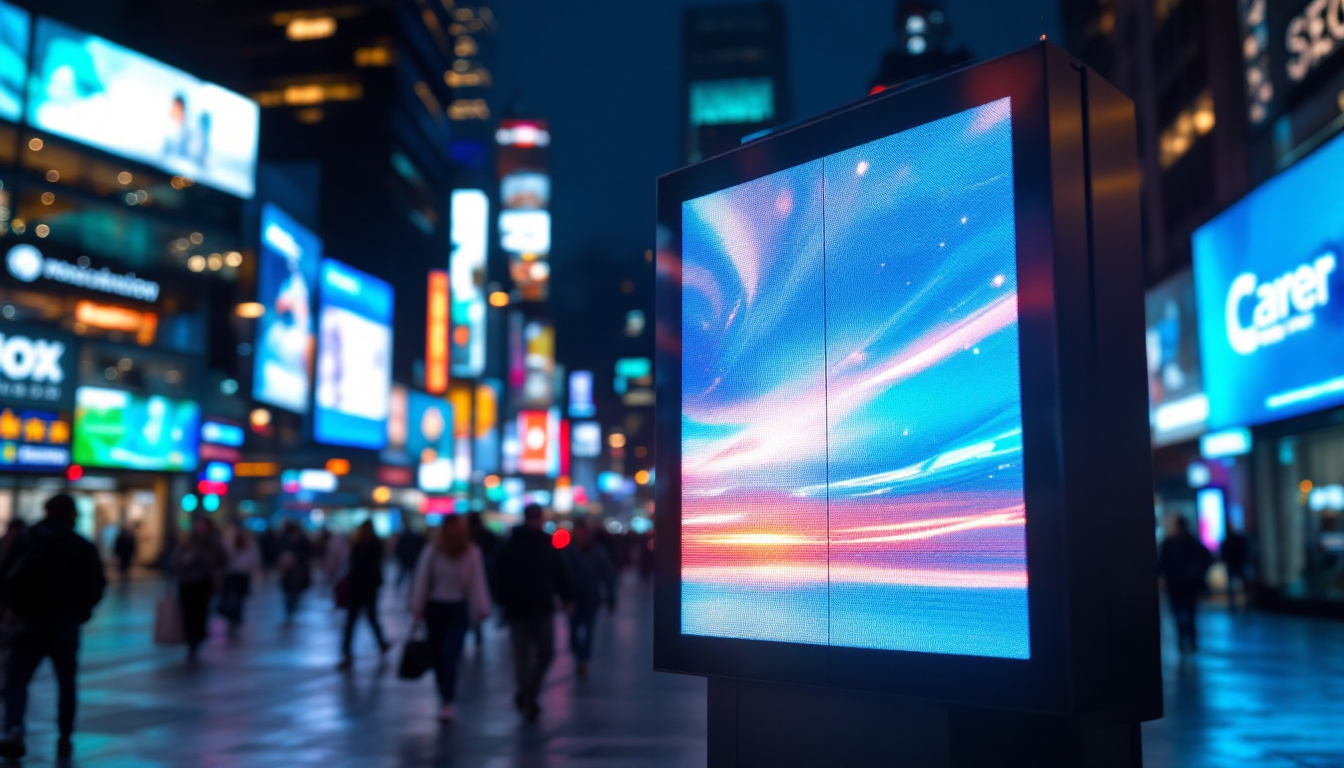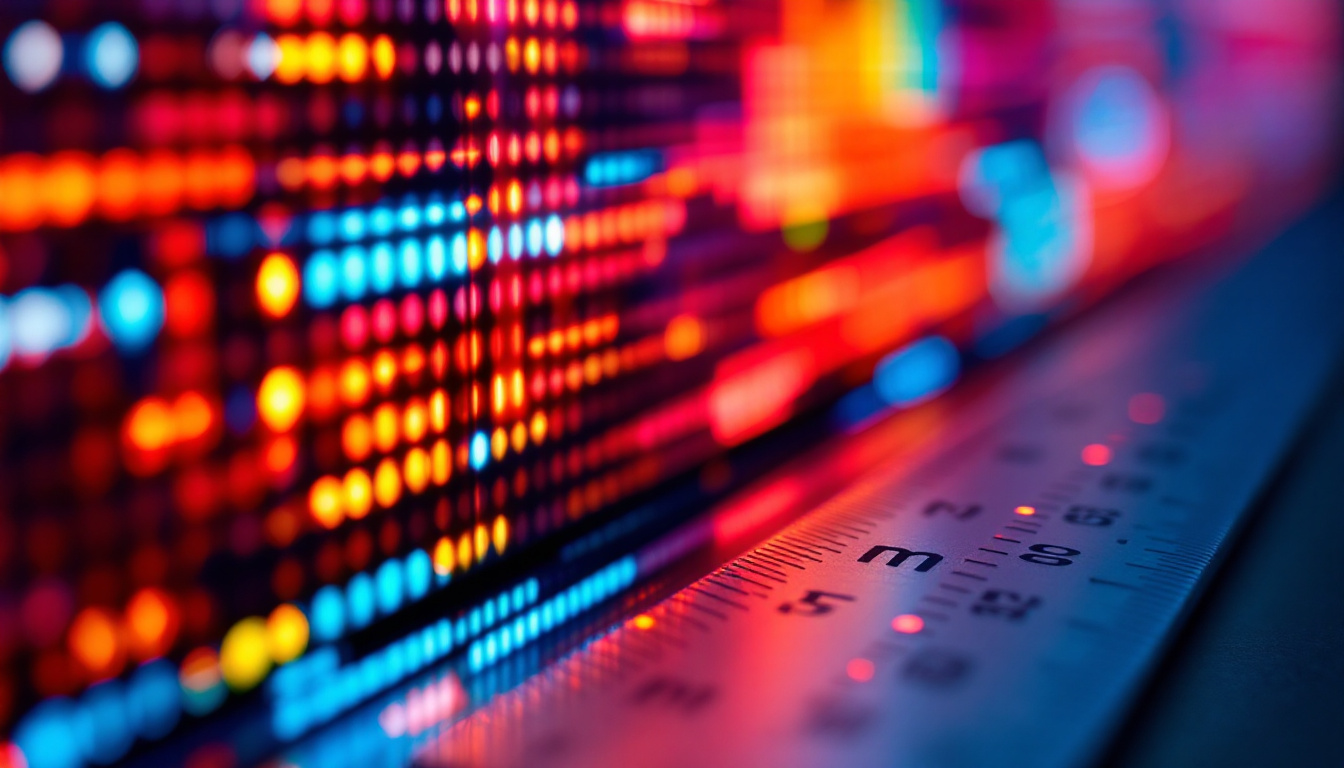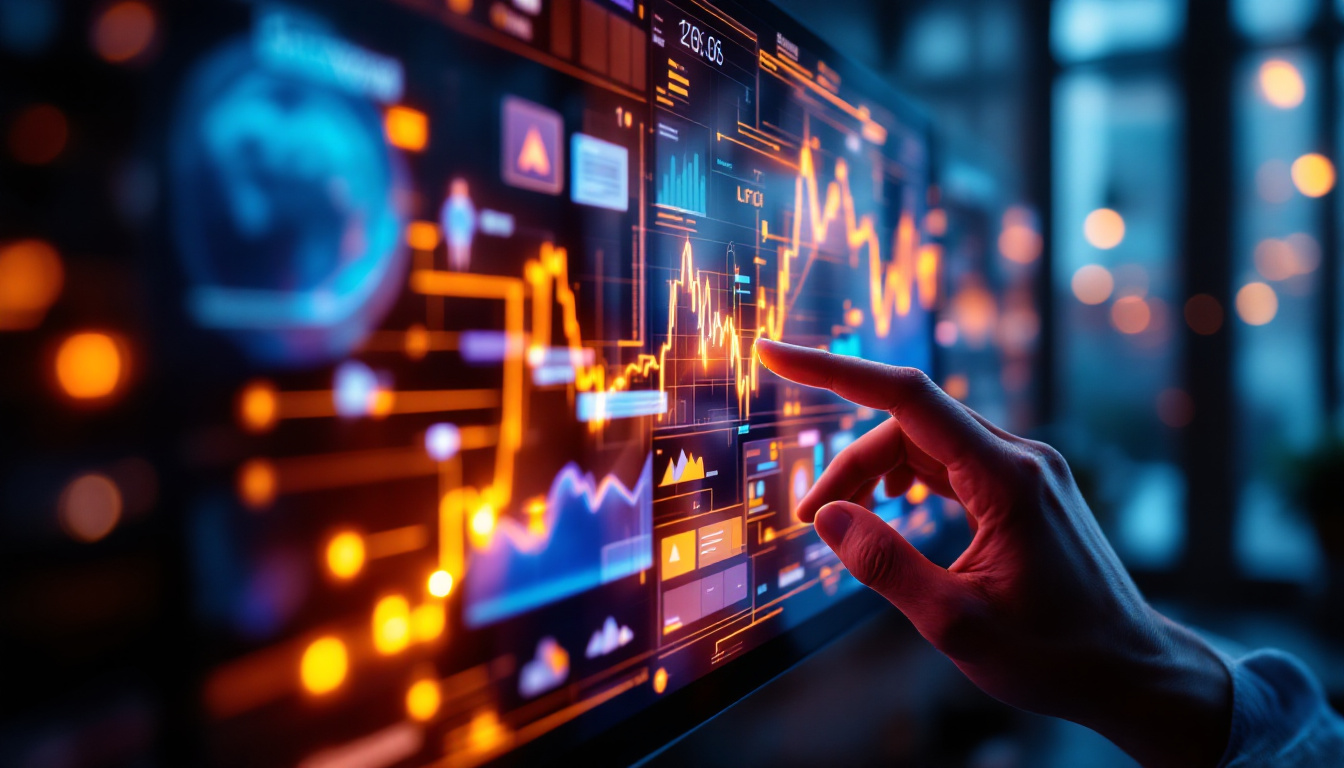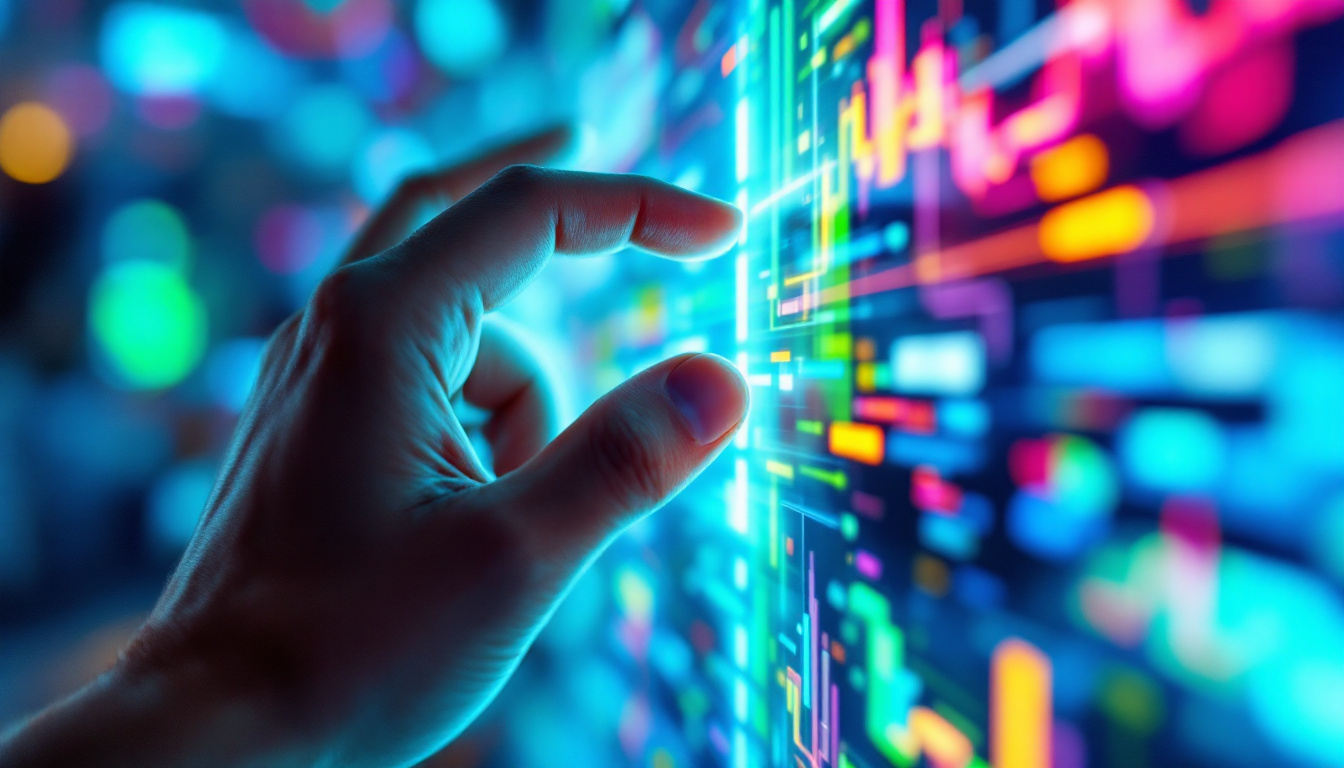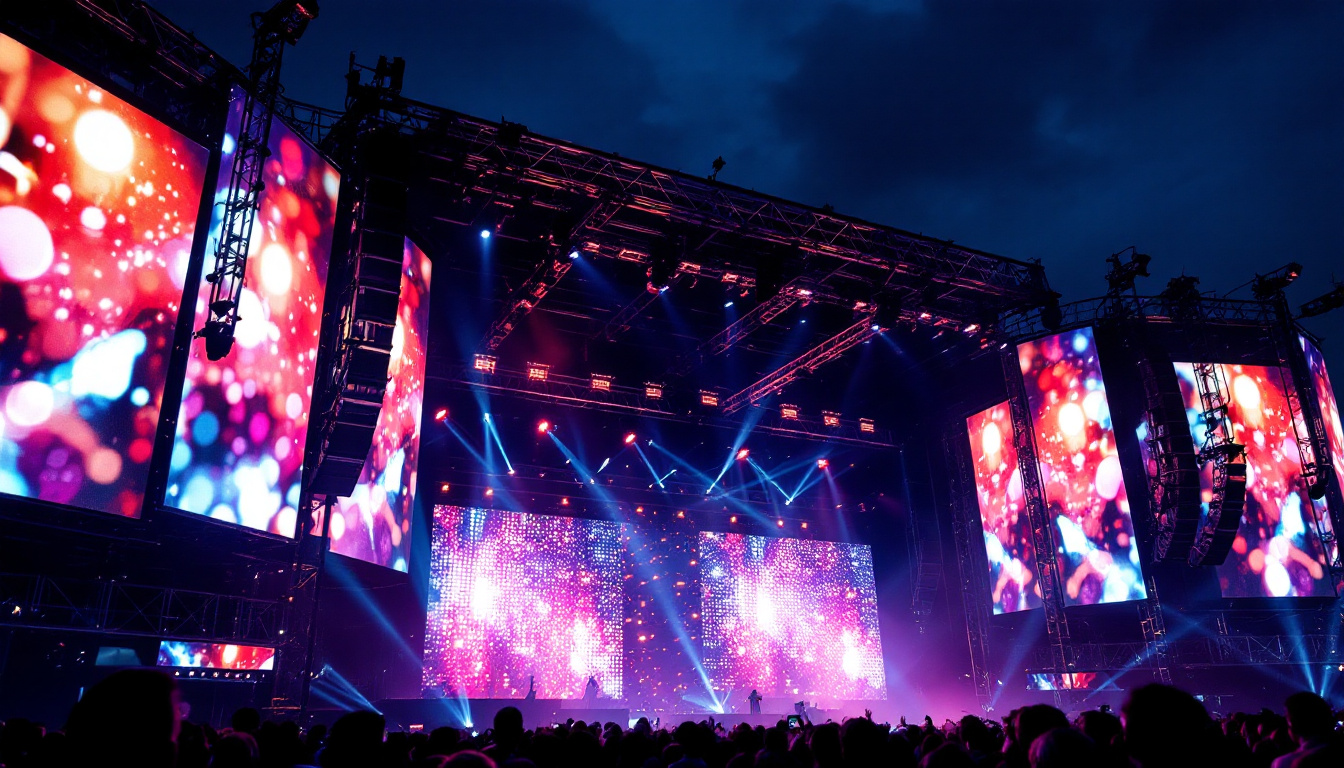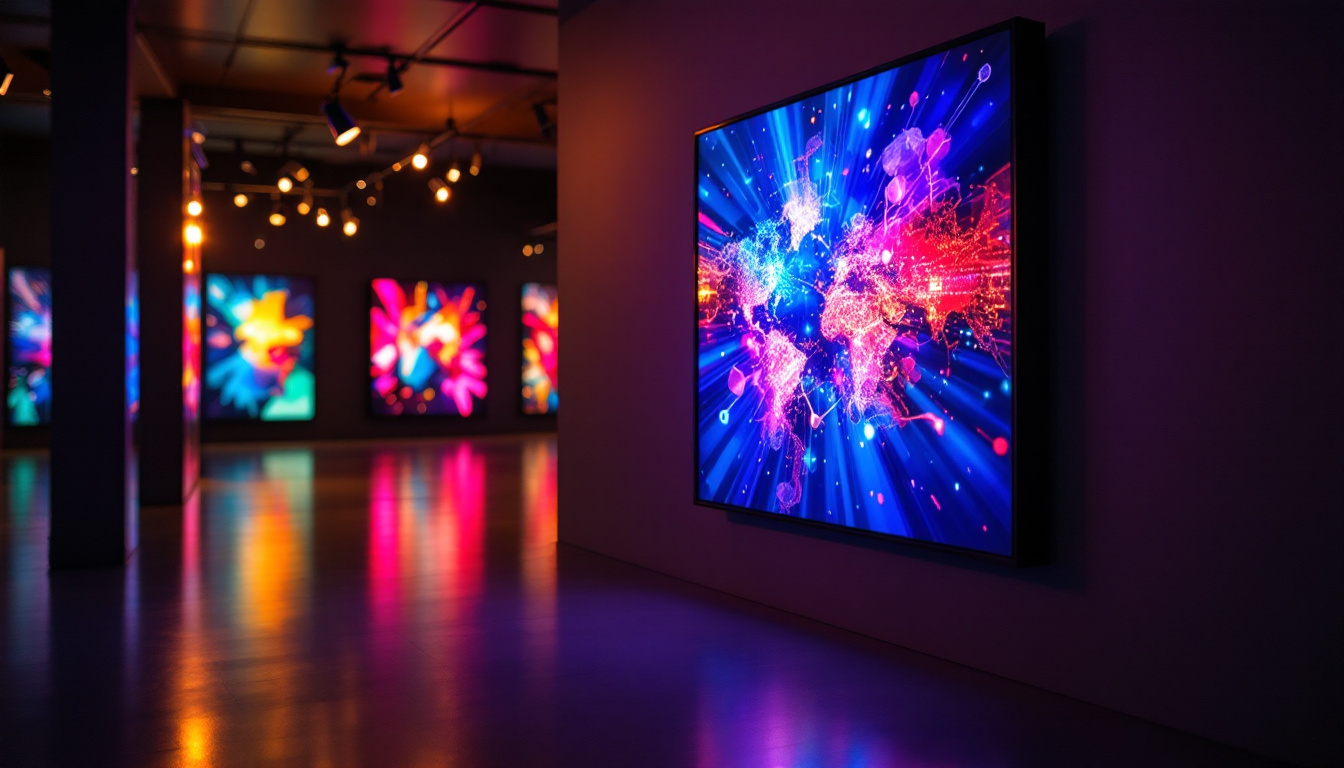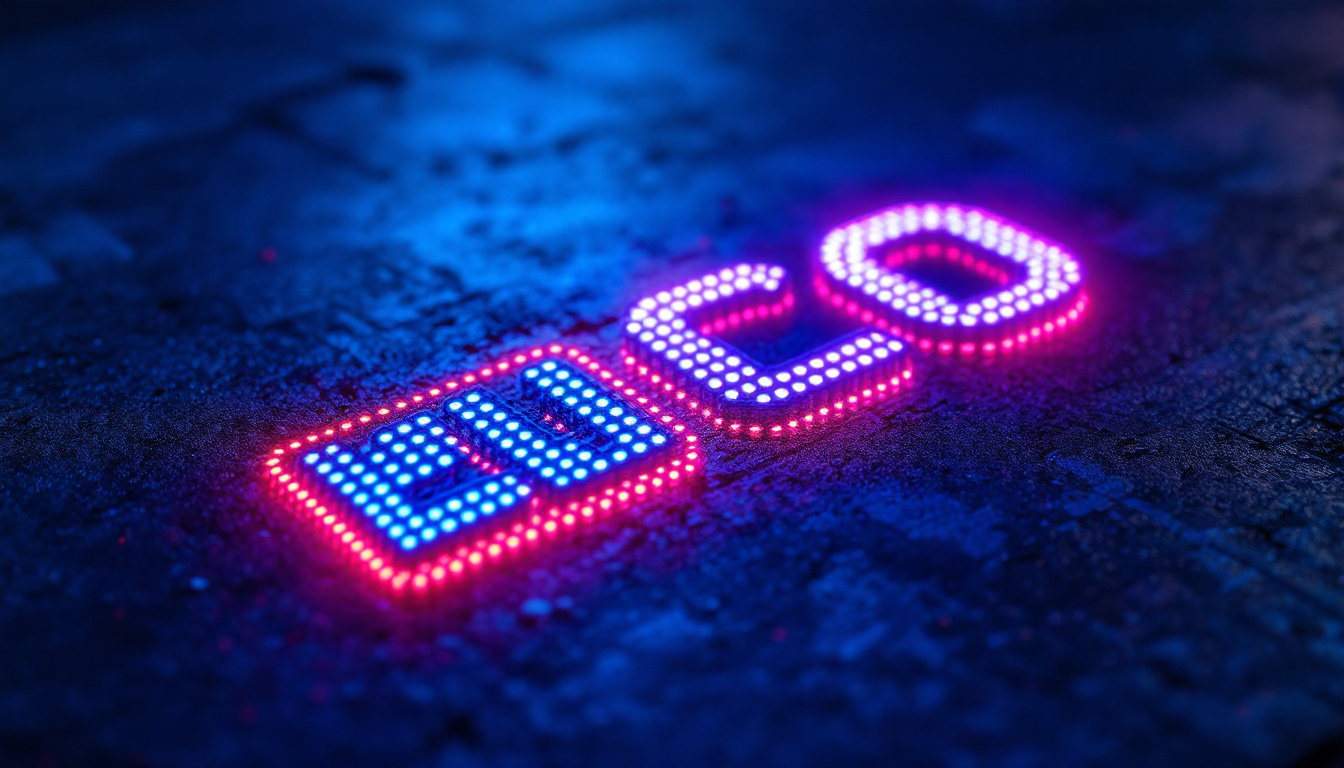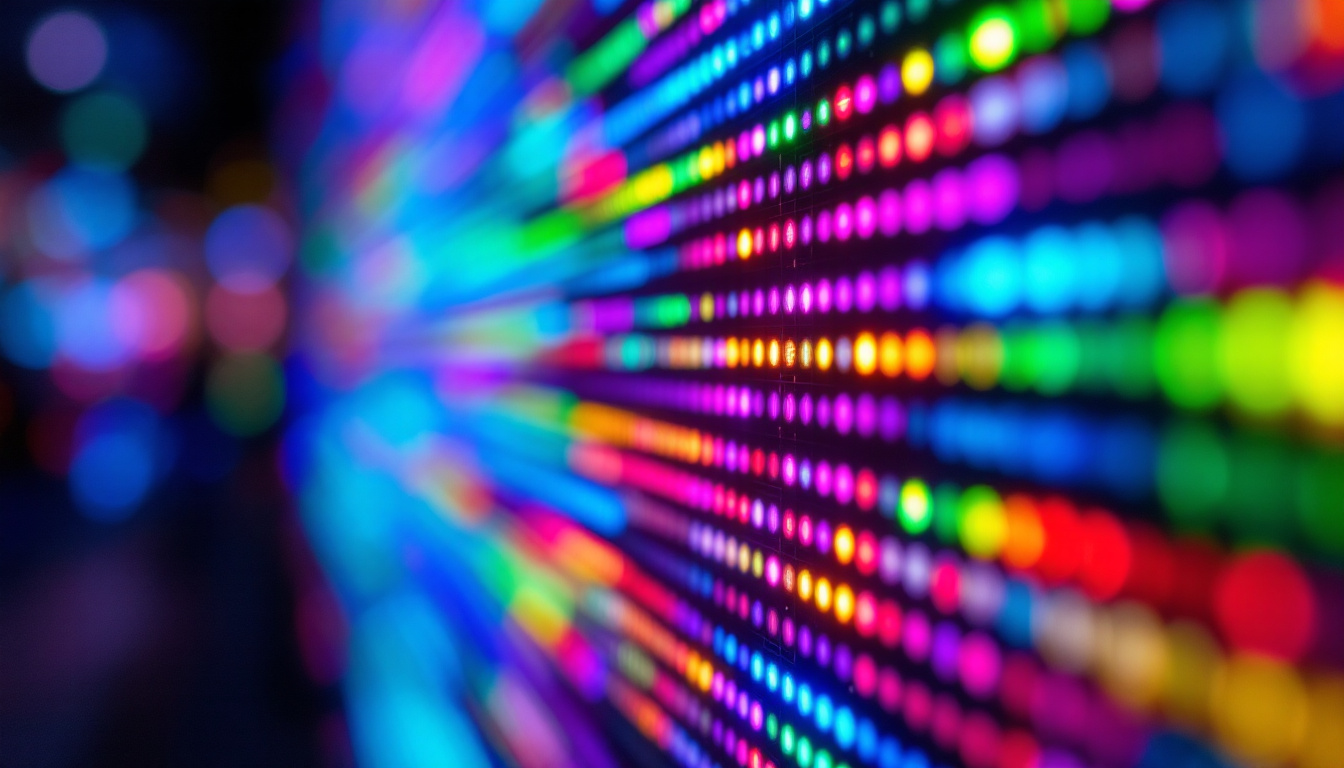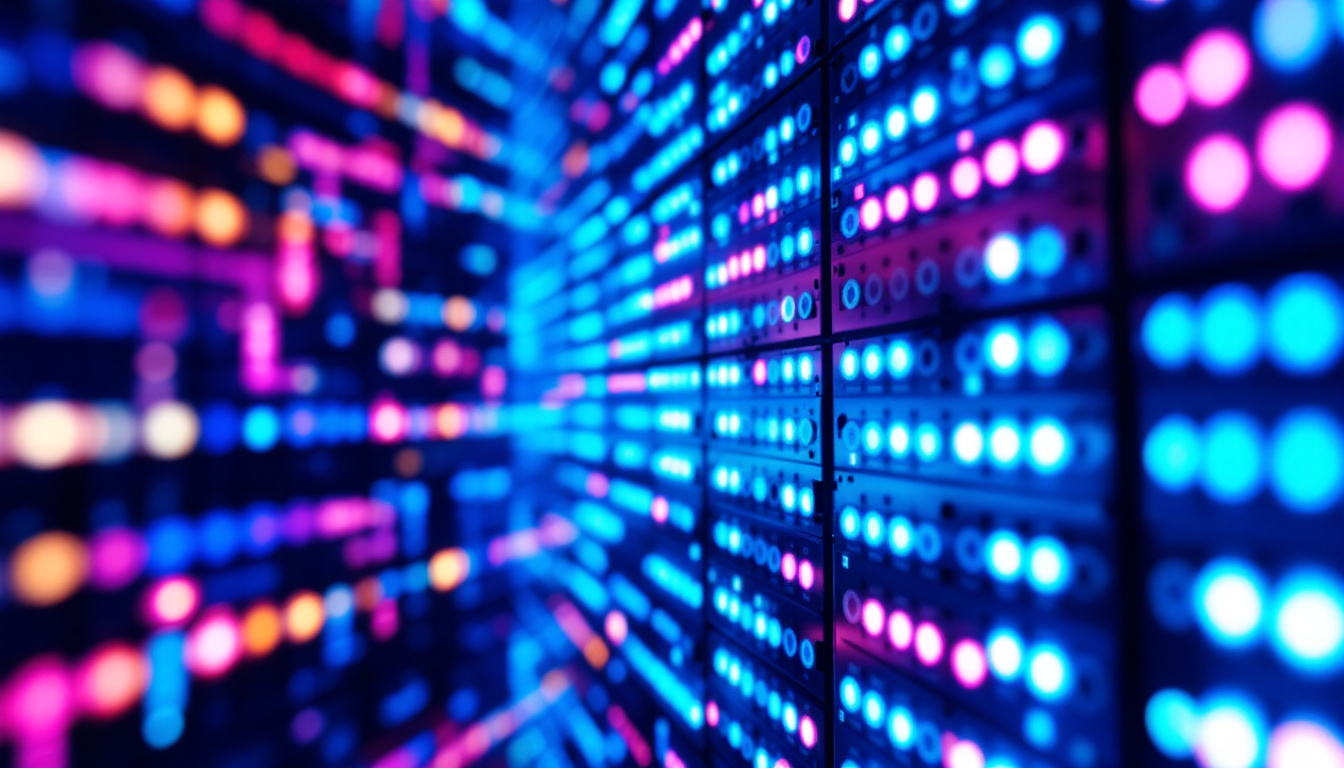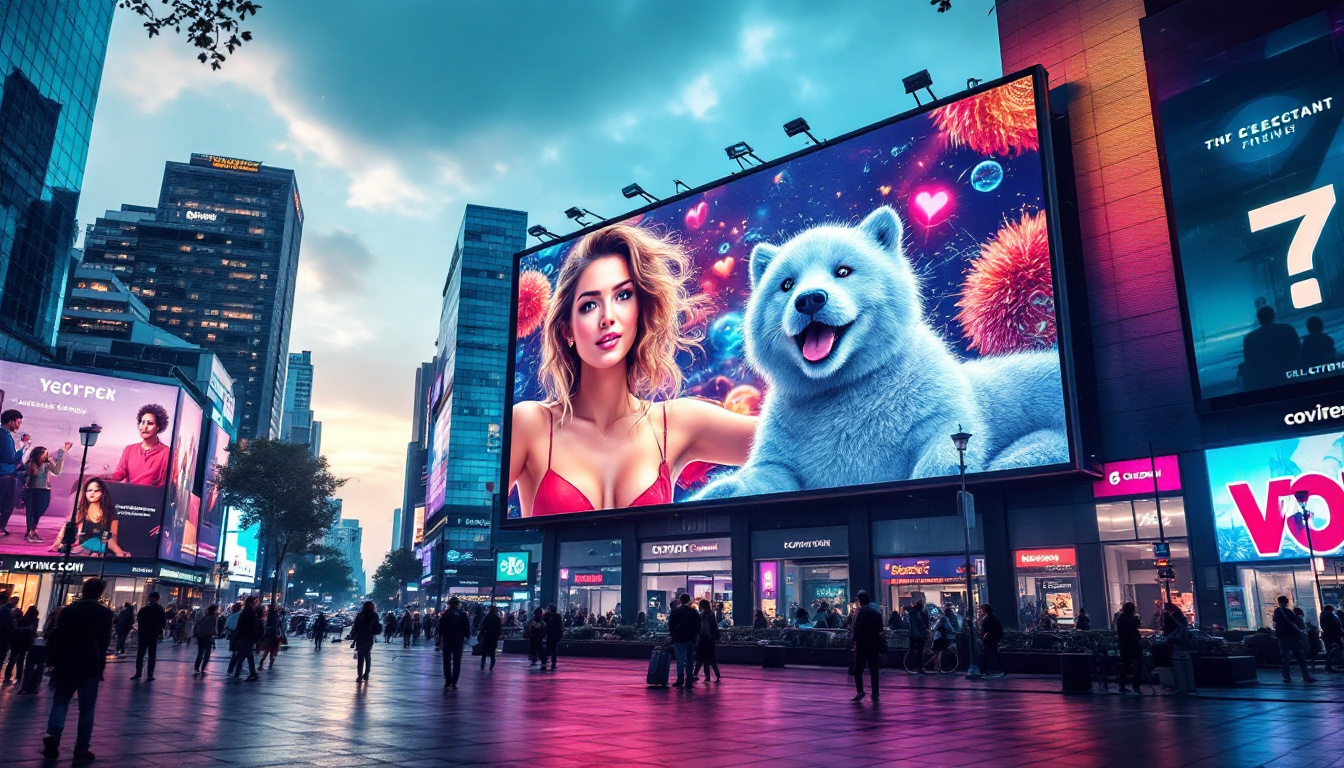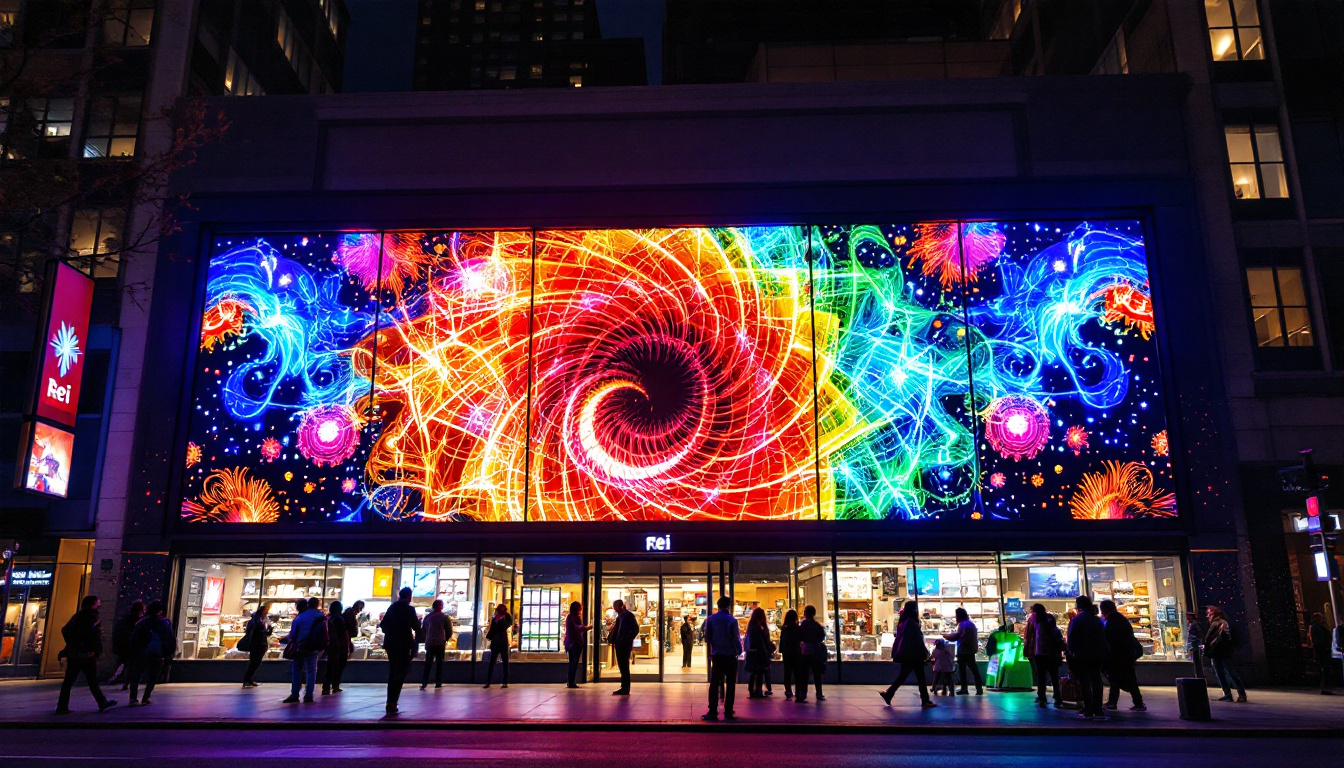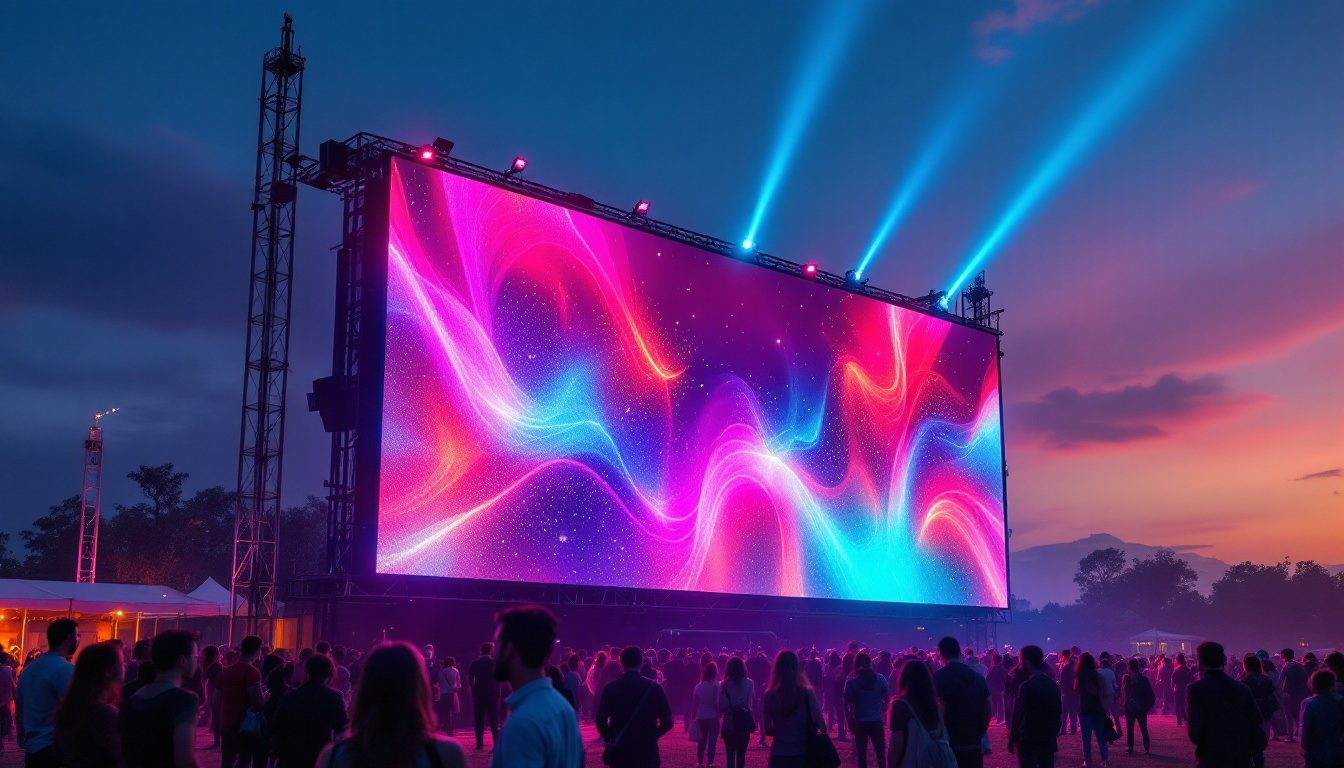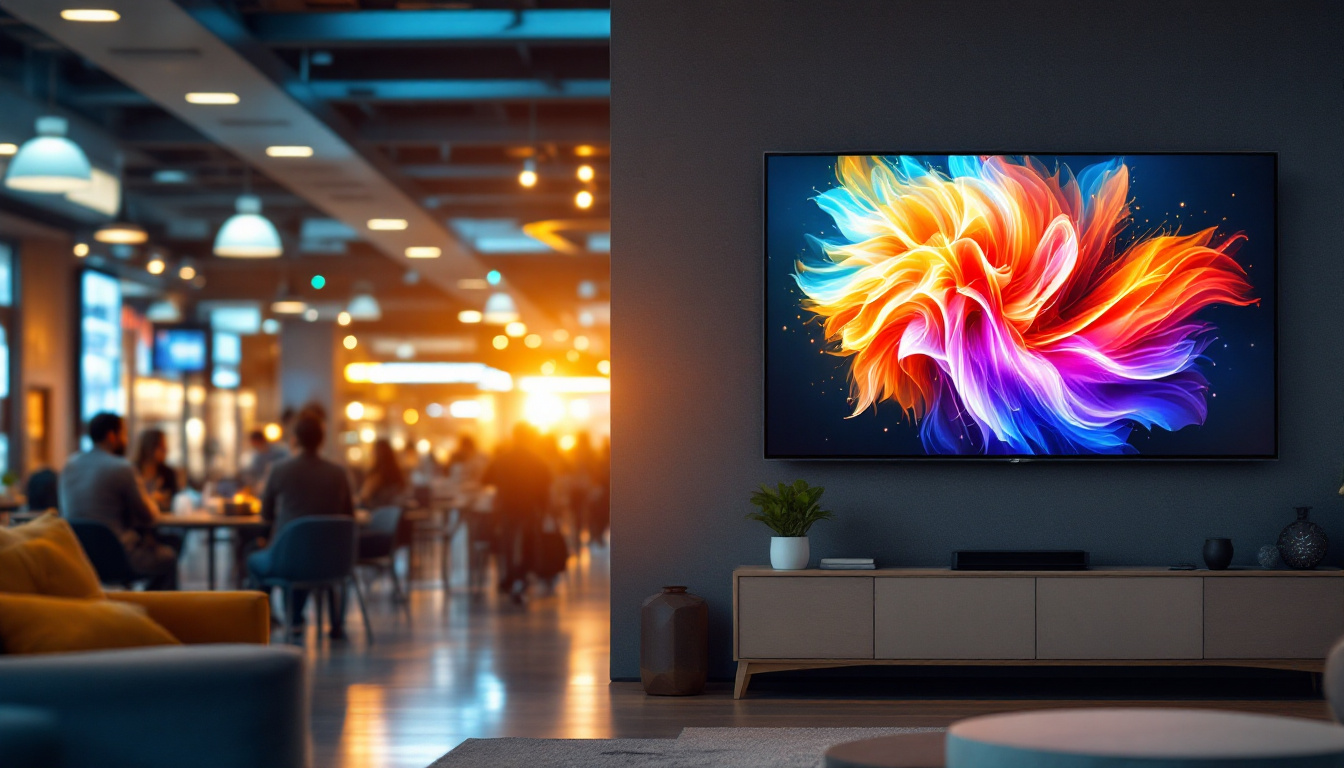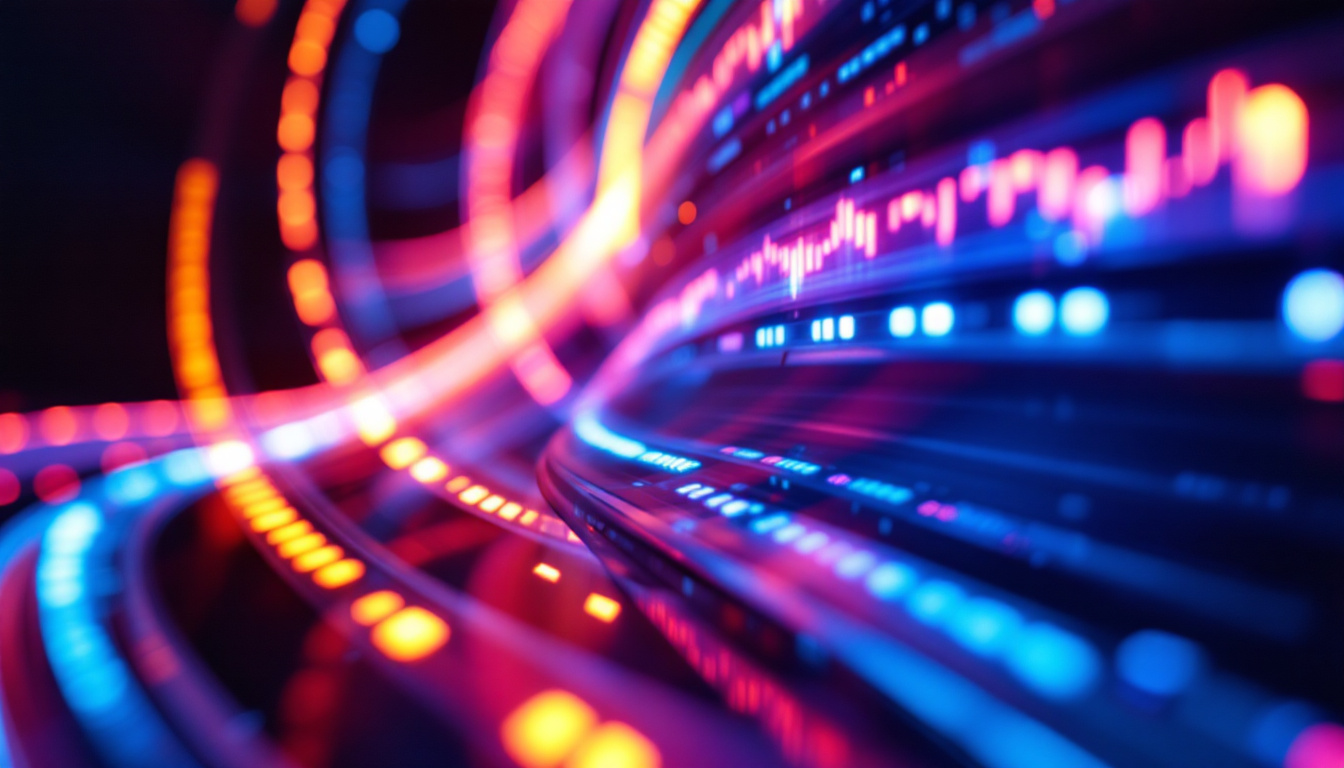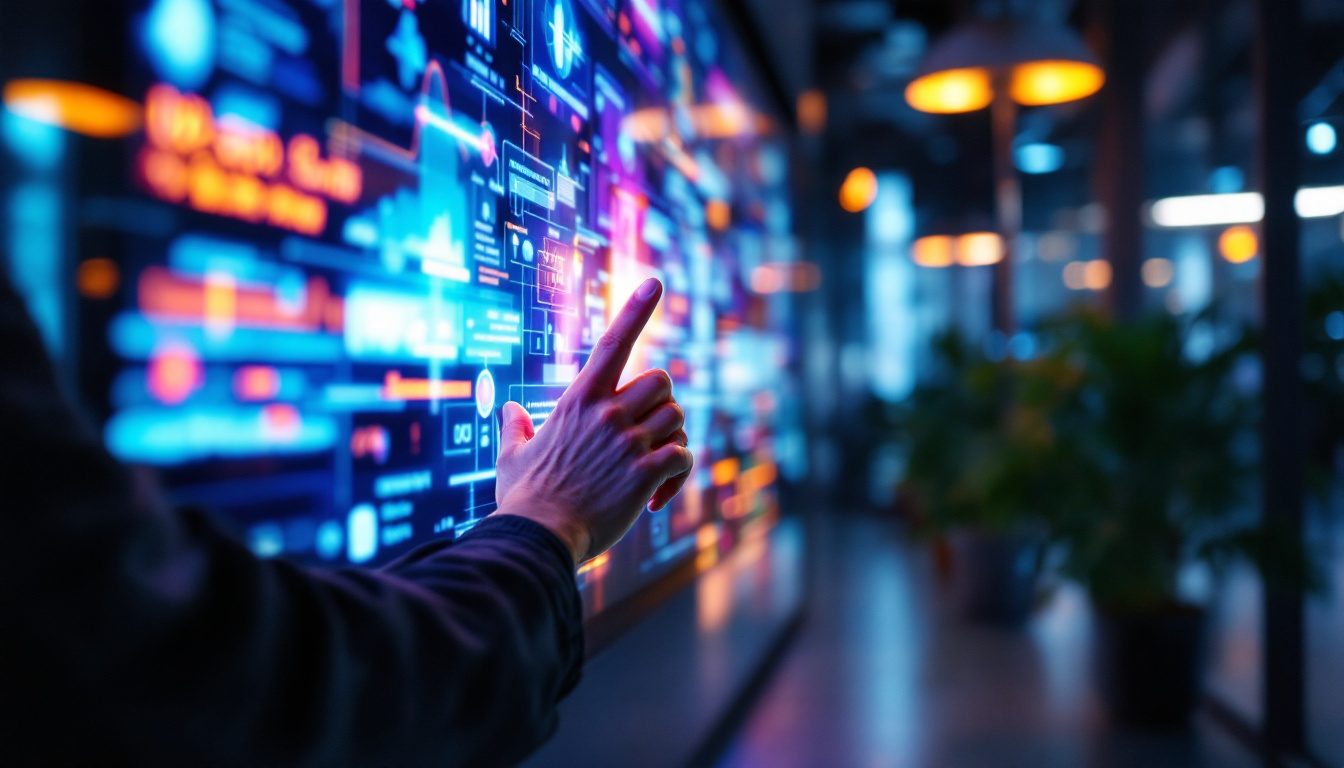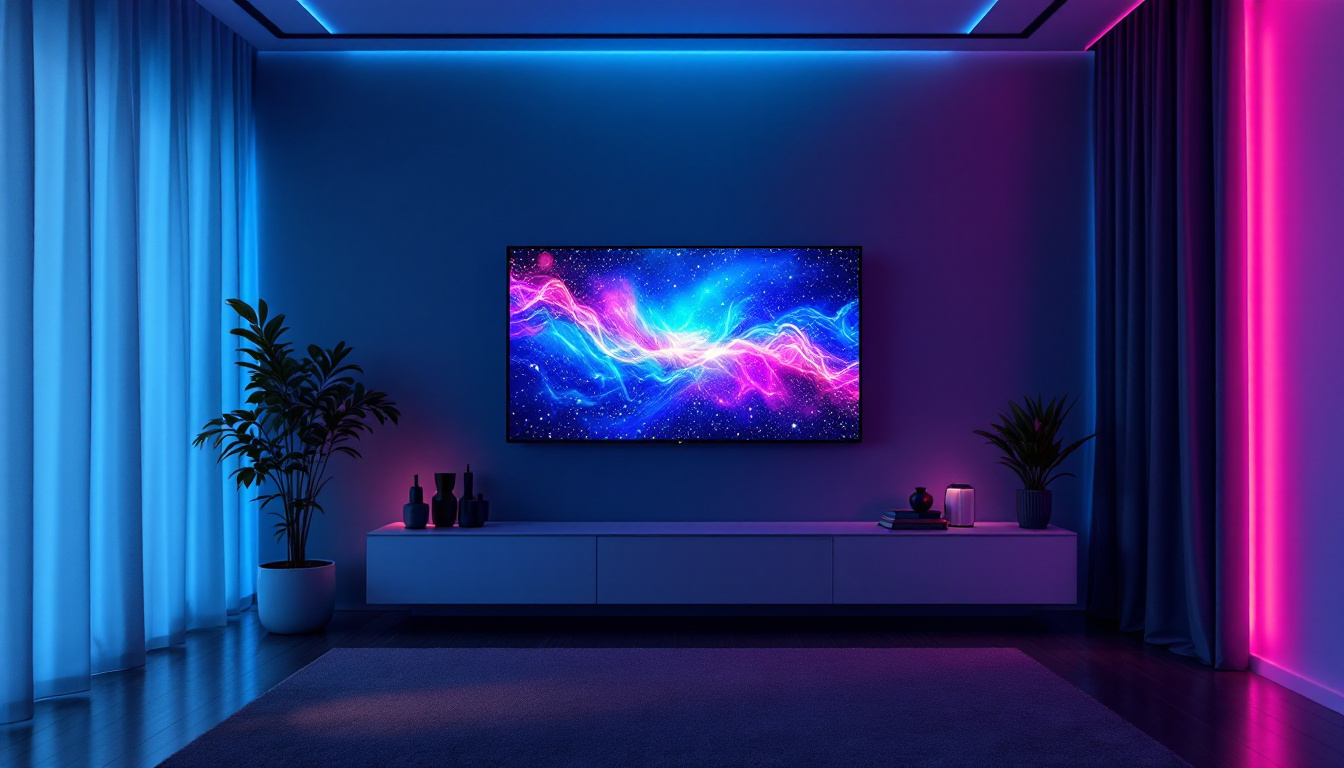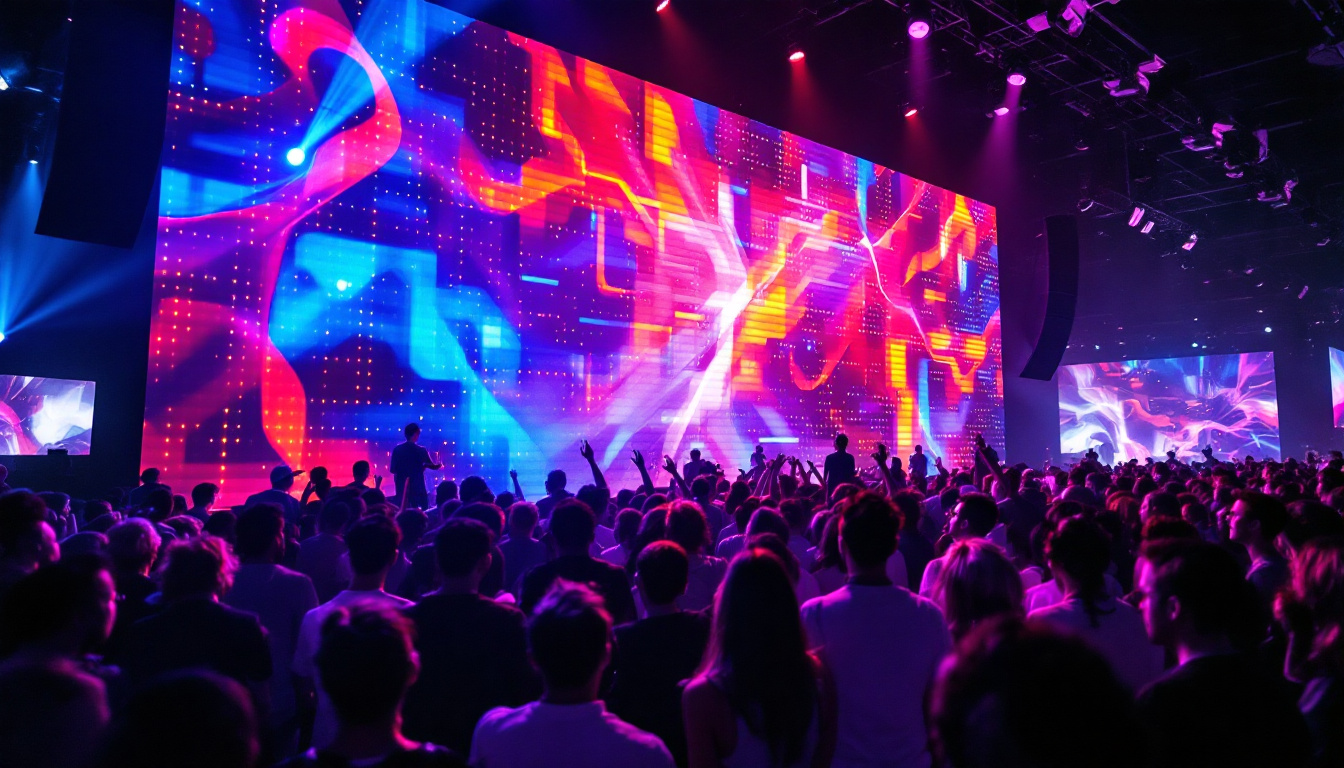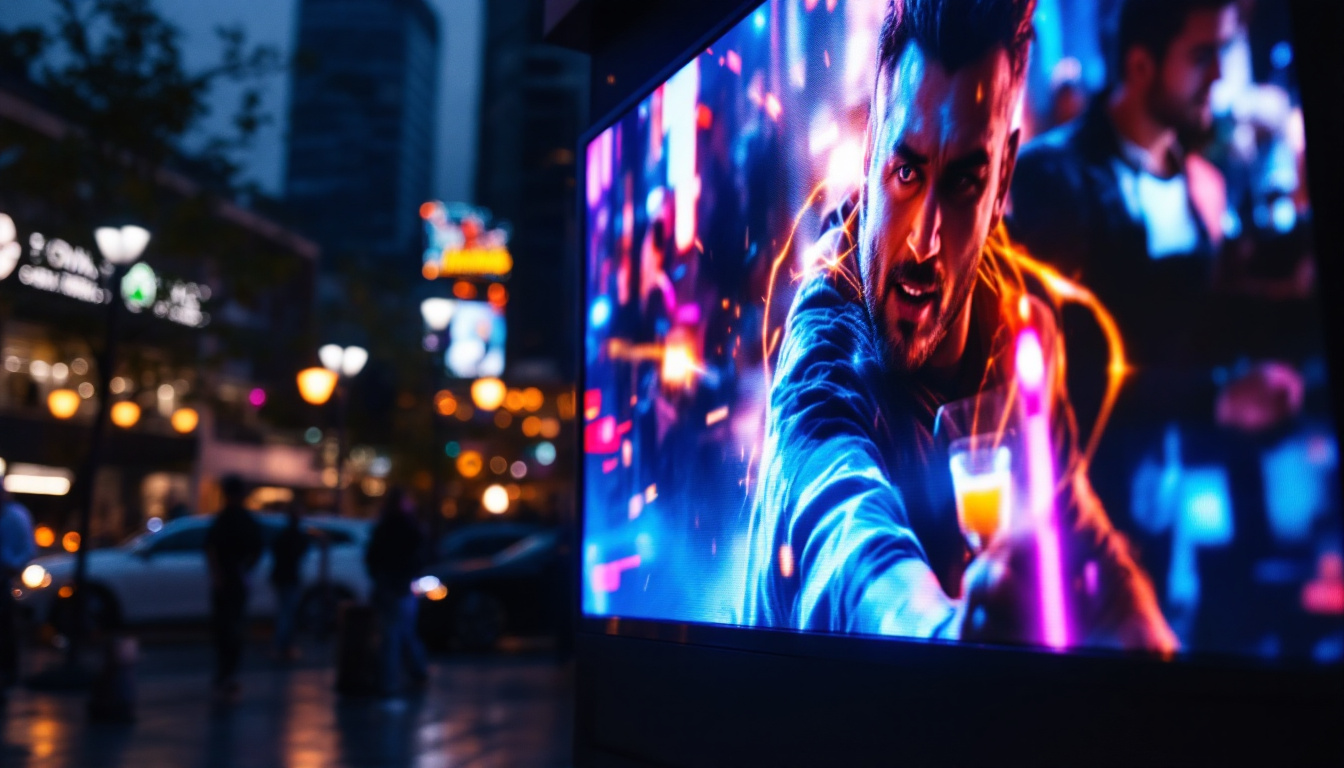In the ever-evolving landscape of advertising, digital displays have emerged as a powerful tool for brands seeking to capture attention and engage audiences. Among the various types of digital displays, LED (Light Emitting Diode) technology stands out for its versatility, brightness, and energy efficiency. This article delves into the intricacies of LED displays, exploring their functionality, advantages, and applications in the realm of digital advertising.
Understanding LED Display Technology
LED displays are composed of numerous small light-emitting diodes that work together to create images and videos. These diodes can produce a wide range of colors and brightness levels, making them ideal for dynamic advertising content. Unlike traditional displays, which often rely on backlighting, LED technology emits light directly, resulting in vibrant visuals and deeper blacks. This direct emission of light not only enhances the quality of the images but also contributes to energy efficiency, as LEDs consume significantly less power compared to conventional display technologies.
How LED Displays Work
The fundamental operation of an LED display hinges on the principles of electroluminescence. When an electric current passes through a semiconductor material, it emits light. In an LED display, multiple diodes are arranged in a grid, with each diode representing a pixel. By varying the intensity of the current, each pixel can display different colors and brightness levels, allowing for the creation of complex images and videos. This capability is further enhanced by advanced control systems that manage the color mixing and brightness adjustments in real-time, ensuring that the displayed content is always sharp and engaging.
LED displays can be categorized into two main types: direct view and backlit. Direct view LED displays are composed entirely of LEDs, while backlit displays use LEDs to illuminate a liquid crystal display (LCD). Direct view displays are typically brighter and more energy-efficient, making them the preferred choice for outdoor advertising. Additionally, advancements in technology have led to the development of fine-pitch LED displays, which allow for closer viewing distances without sacrificing image quality, making them suitable for a variety of indoor applications.
Types of LED Displays
There are several types of LED displays, each tailored for specific applications. The most common types include:
- Outdoor LED Displays: These displays are designed to withstand harsh weather conditions and are often used for billboards and large-scale advertising. They are highly visible even in direct sunlight, thanks to their high brightness levels and weather-resistant designs. Moreover, many outdoor displays are equipped with advanced features such as automatic brightness adjustment, which optimizes visibility based on ambient light conditions.
- Indoor LED Displays: Typically used in shopping malls, airports, and event venues, indoor displays feature higher resolution and are optimized for close viewing distances. These displays often incorporate sophisticated technologies like high refresh rates and low latency to ensure smooth video playback, making them ideal for live events and presentations.
- Transparent LED Displays: These innovative displays allow for visibility through the screen while still showcasing advertisements. They are often used in storefronts and architectural applications, providing a unique blend of functionality and aesthetics. The transparent nature of these displays enables businesses to maintain visibility into their stores while simultaneously promoting products, creating an engaging shopping experience.
In addition to these types, there are also specialized LED displays, such as flexible LED screens that can be bent or shaped to fit unique spaces, and high-definition LED walls that are often used in control rooms and broadcasting studios. Each type of LED display is designed with specific features that cater to the needs of different environments, ensuring that they can deliver the best performance regardless of the application.
The Advantages of LED Displays
LED displays offer a myriad of advantages that make them a preferred choice for advertisers. Their ability to deliver high-quality visuals and dynamic content is just the tip of the iceberg.
Brightness and Visibility
One of the standout features of LED displays is their exceptional brightness. Unlike traditional displays, which can appear washed out in bright sunlight, LED displays maintain their clarity and vibrancy regardless of environmental conditions. This makes them ideal for outdoor advertising, where visibility is paramount.
Energy Efficiency
LED technology is inherently energy-efficient, consuming significantly less power than traditional display technologies. This not only reduces operational costs but also contributes to a smaller carbon footprint, aligning with the growing demand for sustainable advertising solutions. Many businesses are now prioritizing energy-efficient displays as part of their corporate social responsibility initiatives.
Versatility and Flexibility
LED displays can be easily customized in terms of size, shape, and resolution, allowing for creative and unique advertising solutions. From large-scale billboards to intricate installations in retail environments, the versatility of LED technology enables brands to tailor their messaging to fit any space. Additionally, they can display a variety of content formats, including videos, animations, and static images, ensuring that advertisers can engage their audience effectively.
Applications of LED Displays in Advertising
The applications of LED displays in advertising are vast and varied, spanning multiple industries and settings. Their ability to captivate audiences makes them an invaluable asset in any marketing strategy.
Outdoor Advertising
Outdoor LED displays have revolutionized the advertising landscape. Billboards equipped with LED technology can showcase dynamic content that changes throughout the day, allowing brands to reach a wider audience with targeted messages. For instance, a restaurant can display breakfast specials in the morning and dinner promotions in the evening, maximizing the effectiveness of their advertising.
Moreover, outdoor LED displays can integrate real-time data, such as weather updates or traffic information, making them even more relevant to viewers. This adaptability not only enhances engagement but also encourages viewers to take immediate action, whether that be visiting a website or making an in-store purchase.
Retail Environments
In retail settings, LED displays play a crucial role in enhancing the shopping experience. They can be used to showcase promotions, new arrivals, and interactive content that captivates customers. For example, a clothing store might use an LED display to highlight a seasonal sale, drawing customers’ attention as they walk by.
Additionally, the integration of LED displays with mobile technology allows for personalized advertising. Retailers can tailor content based on customer demographics or preferences, creating a more engaging shopping experience. This level of personalization not only increases foot traffic but also boosts conversion rates.
Event Marketing
LED displays are a staple at events and exhibitions, providing a dynamic platform for brands to showcase their products and services. Whether at trade shows, concerts, or sporting events, LED screens can be used to display promotional videos, live feeds, and interactive content that enhances audience engagement.
Furthermore, the ability to create immersive experiences through LED technology has transformed event marketing. Brands can use large-scale LED installations to create captivating environments that immerse attendees in their messaging, leaving a lasting impression.
Challenges and Considerations
While LED displays offer numerous advantages, there are challenges and considerations that advertisers must keep in mind. Understanding these factors is essential for making informed decisions about digital advertising strategies.
Cost and Investment
The initial investment for LED displays can be substantial, particularly for high-quality outdoor models. While the long-term savings in energy costs and maintenance can offset this initial expense, businesses must carefully evaluate their budgets and ROI before making a purchase. It’s important to consider not just the cost of the display itself, but also installation, maintenance, and potential upgrades over time.
Content Management
Effective content management is crucial for maximizing the impact of LED displays. Advertisers must ensure that their content is engaging, relevant, and updated regularly to maintain viewer interest. This requires a strategic approach to content creation and management, often necessitating the use of specialized software and skilled personnel.
Additionally, the rapid pace of technological advancements means that advertisers must stay informed about the latest trends and best practices in digital advertising. This ongoing learning process can be resource-intensive, but it is essential for staying competitive in the market.
The Future of LED Displays in Advertising
The future of LED displays in advertising is bright, with continuous advancements in technology paving the way for new possibilities. As brands seek innovative ways to engage their audiences, LED displays will play an increasingly central role in digital marketing strategies.
Integration with Emerging Technologies
As technology evolves, the integration of LED displays with emerging technologies such as augmented reality (AR) and artificial intelligence (AI) is becoming more prevalent. For instance, AR can be used to create interactive experiences where viewers can engage with advertisements in real-time, enhancing the overall impact of the campaign.
Similarly, AI can optimize content delivery by analyzing viewer behavior and preferences, allowing for more personalized advertising experiences. This level of customization can significantly increase engagement and conversion rates, making LED displays even more valuable for advertisers.
Sustainability and Eco-Friendly Solutions
With a growing emphasis on sustainability, the future of LED displays will likely see a shift towards eco-friendly solutions. Manufacturers are increasingly focusing on creating energy-efficient displays with recyclable materials, aligning with the global push for greener advertising practices. Brands that adopt these sustainable solutions will not only reduce their environmental impact but also resonate with consumers who prioritize eco-conscious choices.
Conclusion
In conclusion, LED displays have transformed the landscape of digital advertising, offering unparalleled brightness, versatility, and engagement potential. As technology continues to advance, the applications and capabilities of LED displays will only expand, providing brands with innovative ways to connect with their audiences. While challenges such as cost and content management exist, the benefits of LED technology far outweigh the drawbacks, making it a critical component of modern advertising strategies.
As businesses navigate the complexities of digital marketing, embracing LED displays will undoubtedly enhance their ability to capture attention and drive results in an increasingly competitive marketplace.
Explore Cutting-Edge LED Solutions with LumenMatrix
Ready to elevate your advertising strategy with the latest in LED display technology? Discover the innovative solutions offered by LumenMatrix, a leader in creating visually stunning and energy-efficient LED displays. From Indoor and Outdoor LED Wall Displays to specialized options like Vehicle, Sports, and Floor LED Displays, LumenMatrix tailors to every unique need. Embrace the future of visual communication with our Custom, All-in-One, and Transparent LED Displays, designed to captivate your audience and amplify your message. Check out LumenMatrix LED Display Solutions today and transform the way you engage with your customers.

